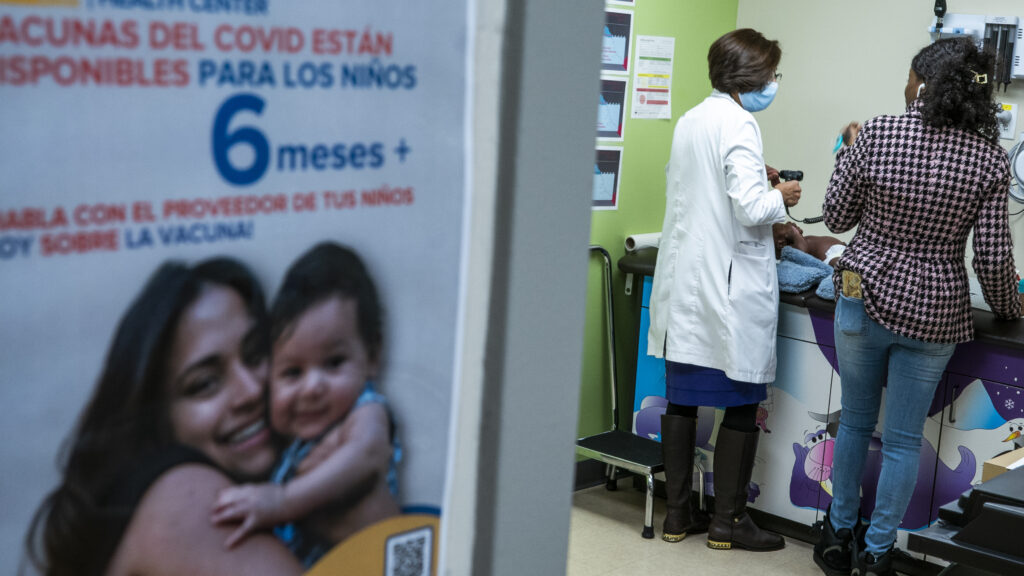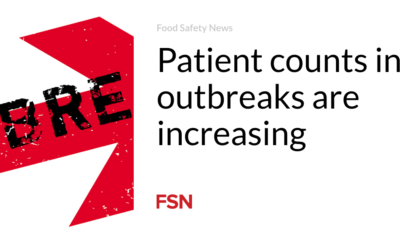Health
CHCs lose an average of $600,000 each as Medicaid patients disappear from the state list

Iit is It’s been a year since states began the process of Medicaid reallocation, working through their Medicaid rolls that were frozen during the Covid-19 emergency period. According to data from KFFAbout 21% of people enrolled before the redetermination, or nearly 20 million, lost coverage, while 45%, or 42 million, were confirmed. Extension of coverage is still pending for the remaining 31 million people.
In addition to the impact on individual patients, the redetermination also had a significant impact on community health centers, which serve approximately 15% of all Medicaid patients. New data shared by the National Association of Community Health Centers (NACHC), which surveyed approximately 200 community centers across the country serving an average of 22,000 patients, shows that centers lost an average of 23% of their Medicaid patients due to redetermination. to a significant loss of revenue – an average of $600,000 per health center.
The CHC patient base is overwhelmingly made up of people living at 200% or less of the federal poverty level, said Vacheria Keys, NACHC vice president of policy. Medicaid patients make up about 40% of their patients.
Just as disenrollment last year varied widely depending on the state — from nearly 60% of Medicaid patients losing coverage in Utah to 12% in Maine — so too did the impact on community health centers. The greatest losses were felt by community centers in Colorado, Florida, Washington and Texas – both at individual centers and cumulatively across the states.
About a quarter of centers surveyed by NACHC reported no losses, while the maximum loss was $20 million. More than twenty centers experienced losses exceeding $1 million.
In most cases (77%), health centers were able to avoid cuts in services to patients or staff due to loss of revenue. Of those forced to make cuts, 12% reduced their workforce, 11% reduced the services they offer and 9% reduced the availability of appointments. Centers do not turn people away and continue to provide basic care. But any loss of patient coverage means they must bear the costs of treating more patients who are now uninsured, and makes it harder for centers to provide additional services such as mental health or dental care.
To date, there have been coverage losses after redetermination exceeded predictions. This is partly due to the fact that many people, including children, have been kicked off the lists for procedural reasons – for example, not having the right paperwork.
In addition to the loss of coverage, the administrative costs of helping patients understand their eligibility are an essential service of the community health center, Keys said, although it often came without significant compensation because it cannot be billed as a medical service. “We get patients who have never been to the health center come to us to talk about their Medicaid coverage and what their options are. There has been a big increase in outreach and enrollment costs,” she said. According to the survey data, centers spent an average of 1,600 additional work hours on qualifying for support over the past year.
This was even the case for centers in North Carolina, which expanded access to Medicaid in December 2023. The state was among those that had a higher percentage of people disenrolled from Medicaid until the expansion started. But the CHCs had done a lot of outreach. and administrative support to help patients with enrollment issues, said Erica Powell, director of practice operations at Roanoke Chowan Community Health Center in northeastern North Carolina.











